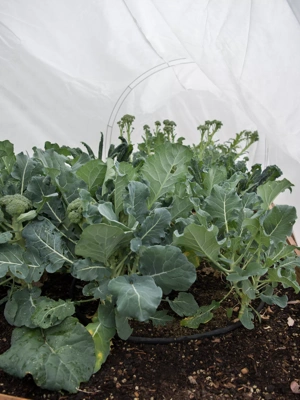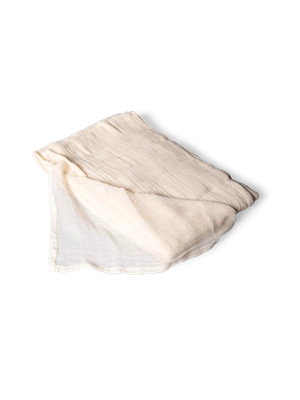Fusarium Basal Rot
When onions succumb to this fungal disease, leaf tips turn yellow and die back. The necks of plants become soft and squishy. Onion relatives, such as garlic and shallots, are also susceptible. Fusarium basal rot can attack onions at any time during their development, and infected bulbs eventually become soft on the outside and brown and rotten on the inside. A white growth forms on the stem end of infected bulbs. Fungal spores may enter the plant through wounds inflicted by insects (including thrips and onion root maggots) or during cultivation or tissue damage from hail or other severe weather.
The disease can infect onions at any stage but occurs most frequently when bulbs are forming. Symptoms may not show up until harvested bulbs are in storage. This disease tends to occur in when plants are growing in poorly drained soil.
Prevention and Control of Fusarium Basal Rot
- Improve soil quality by incorporating compost and/or improve drainage by planting onion-family crops in raised beds.
- Set up a four-year rotation of onion-family crops in your garden if space allows.
- Cover plants with garden fabric to prevent insect damage.
- Store harvested onions in a cool, dry location and check regularly for rot. Destroy rotting bulbs promptly before fungal spores can spread.
Last updated: 12/27/2022
Print this Article:
Related items
Get the Dirt
Stay up to date on new articles and advice. Please fill out the information below.












